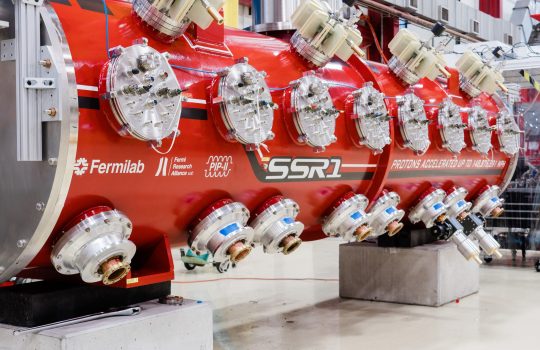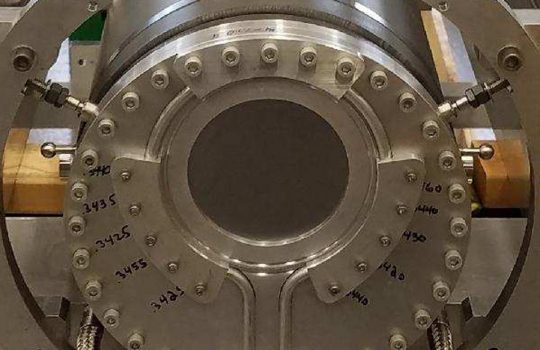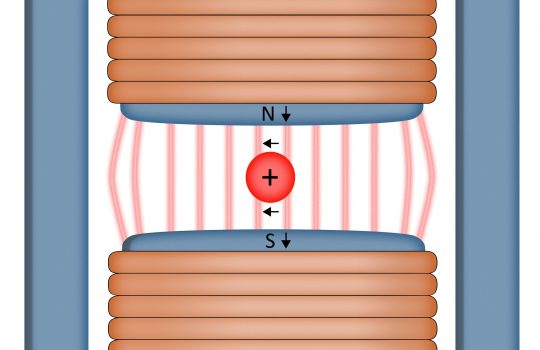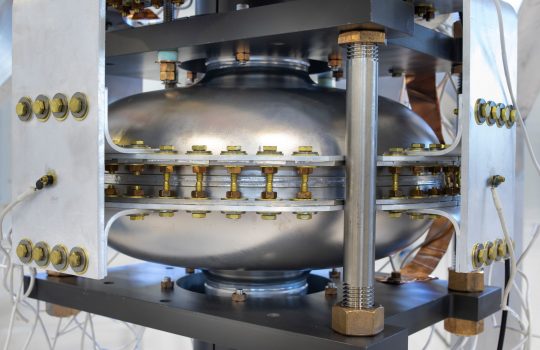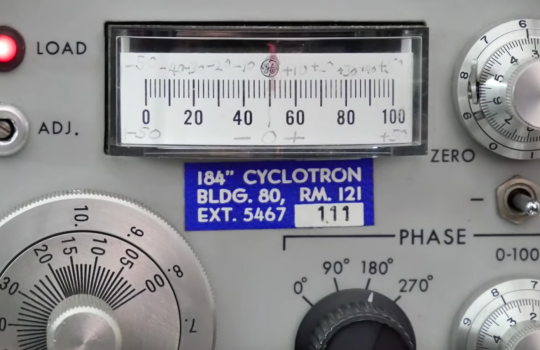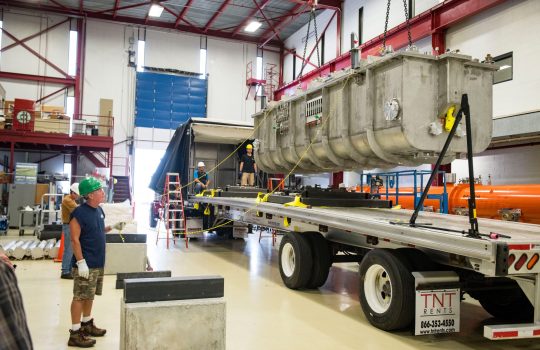Accelerating science globally: PIP-II engineers continue designs for particle-propelling machine from home
Engineers from five countries are coordinating the design of the large cryomodules that will enable the new PIP-II accelerator at Fermilab to generate protons for the world’s most powerful beam of neutrinos, in support of the international Deep Underground Neutrino Experiment.

